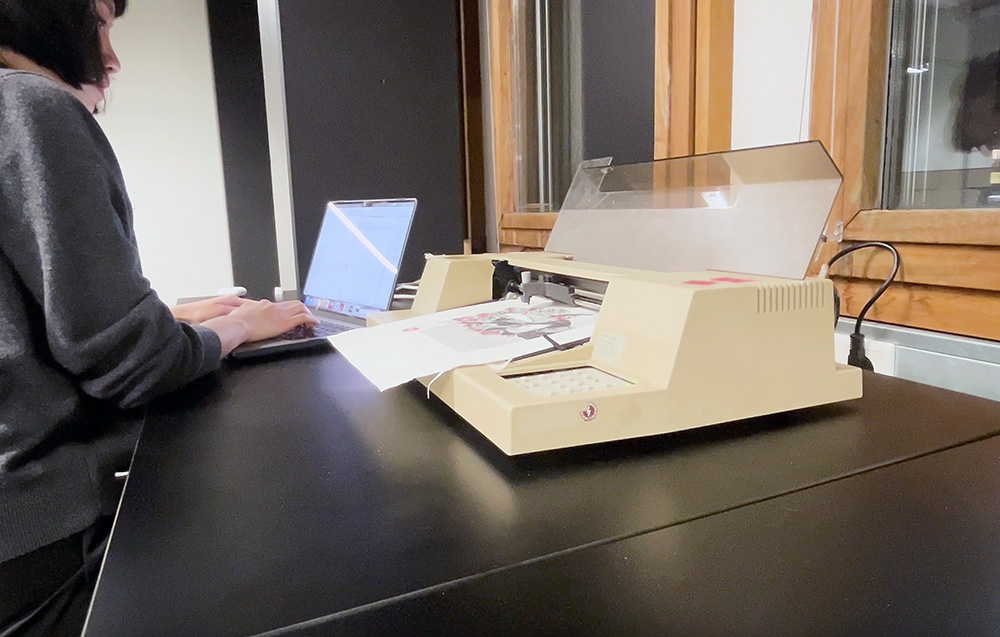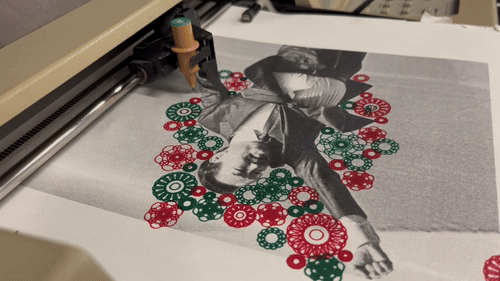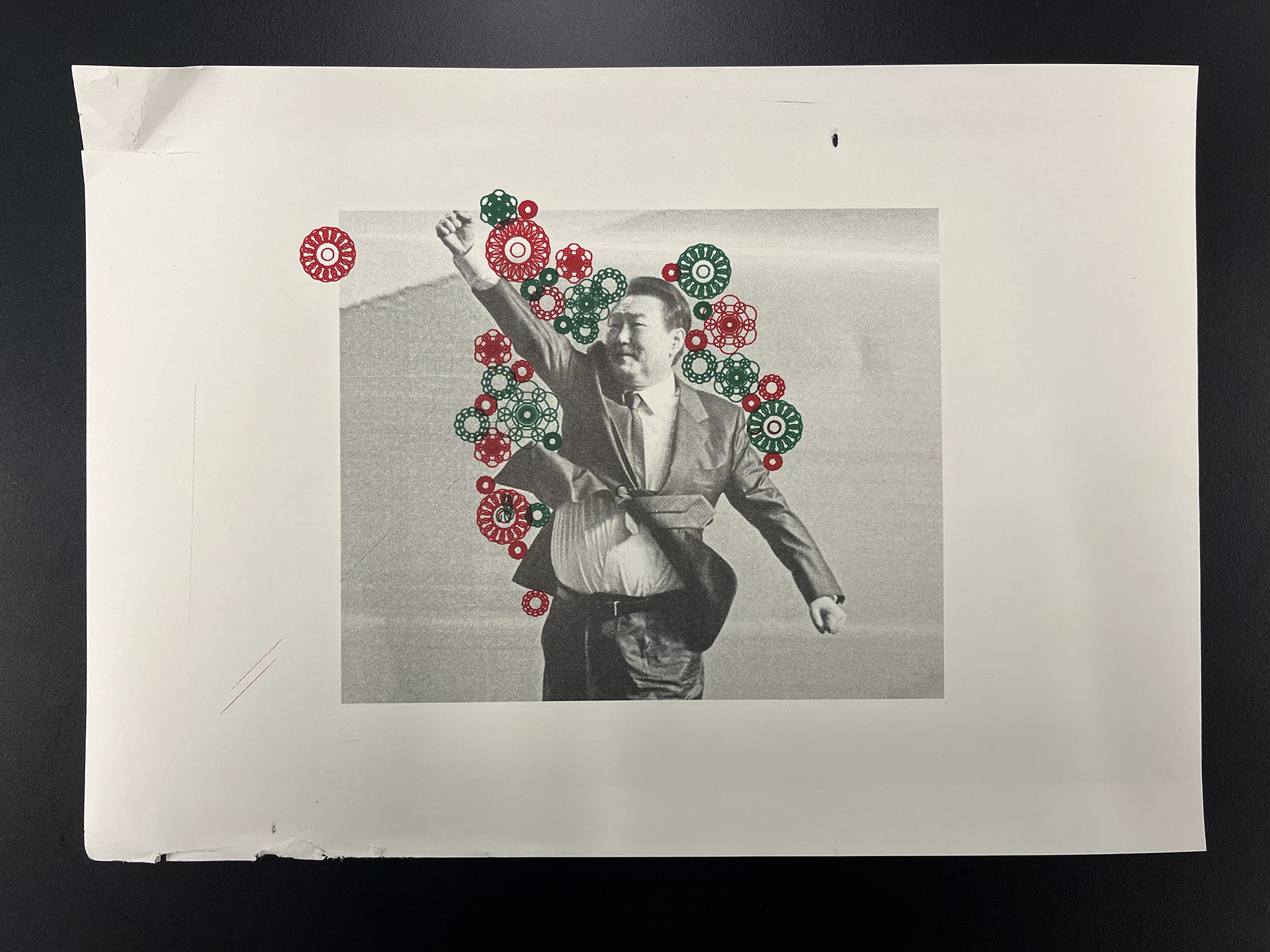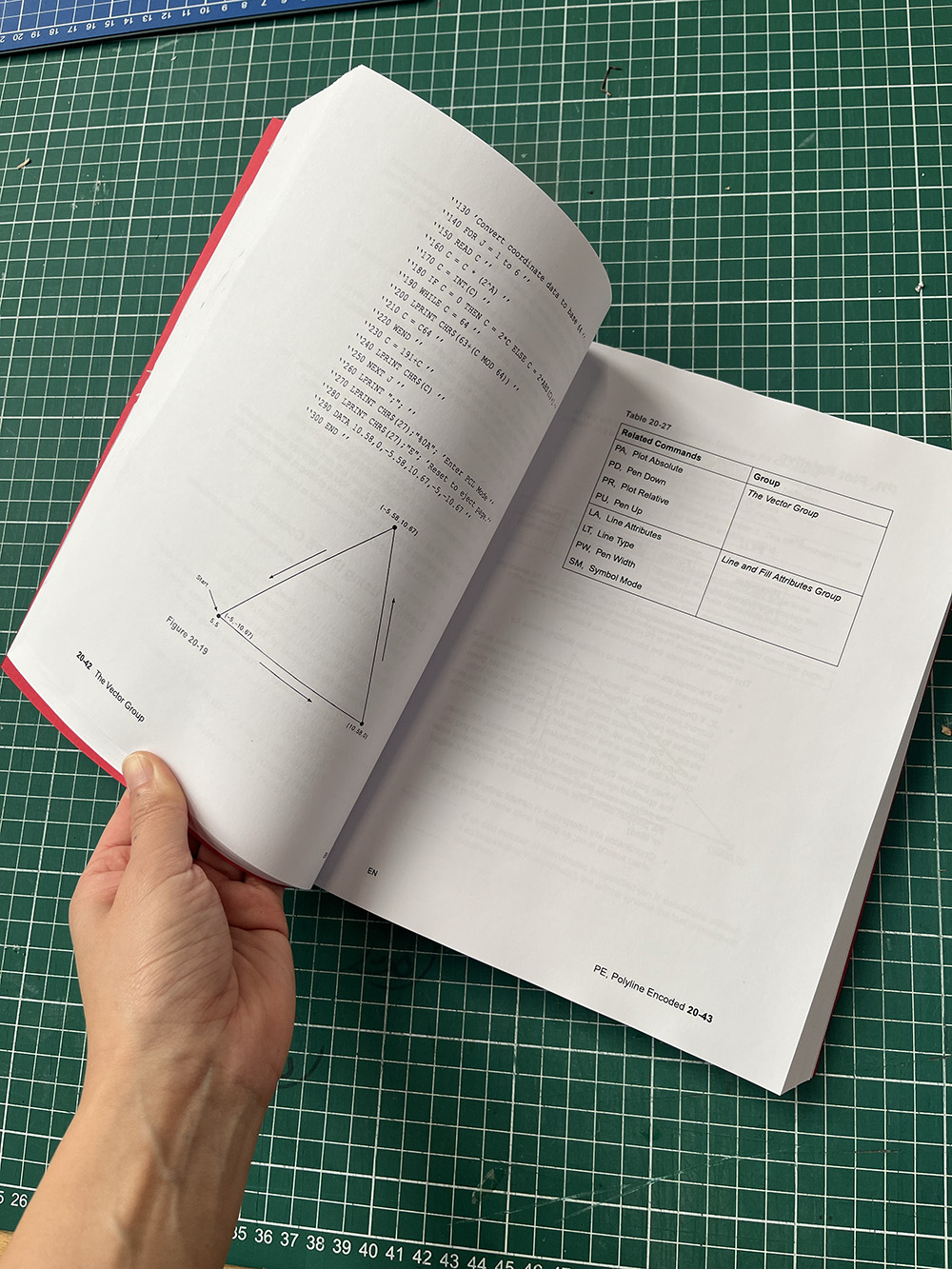
October 17, 2025
Put a
spell on
you
As absurd as it sounds, during the three years of Yoon’s presidency in South Korea, superstition and shamanic logic entered state affairs and administrative decision making at the highest level.
It was pretty fascinating and disturbing to say the least, to see that shamanic belief came to function as part of the national infrastructure that shaped resources, policies, relations, and even just the atmosphere of power itself.
As a natural response to whatever Yoon was, I ended up harboring a pretty serious personal grudge against him, which peaked on December 3rd last year when he declared martial law in an attempted self-coup and posed a direct existential threat to people that I care about.
The grudge big enough that I considered putting a curse on him, given his exposed attachments and dependency on shamanic practices, he felt like a promising target to test the idea.
Also at the same time, I wanted to automate the process to minimize the effort.
This page documents a series of experiments that attempt to enact curses using obsolete plotter machines (old HP models) and their command language, HPGL, as a kind of ritualistic grammar and a technical tool for cursing.

Act of cursing, (at least the way I understand it) is an execution of will and declaration, performed through official/unofficial rules and protocols and often carried out with heavy repetition. And it claims to alter the intended recipient’s reality as an outcome, whether it actually does so, or just imitates the form of doing so.
To understand how a curse interacts with reality, I need to distinguish it into two layers. First, there are actual events or physical facts that happen in the world. And second, there are ways those facts are experienced, narrated, and settled as “reality” by people. My interest here is related to the second layer, how certain versions of reality become convincing, not necessarily because they are true, but because they are executed.
From this point of view, curse has strange, liminal position in reality. It doesn’t actually change reality itself, but it imitates the process of making change. Through words, symbolic gestures, repetition, and witness/testimonials, it produces the appearance of an effect. It builds up the small procedural details to make something feel real, as if something is actually happening.
So if the substance of a curse is in its rules and procedural details, if what really matters might be the execution as much as the belief, then maybe the act of curse doesn’t even need a human hand to perform it. Could a curse run on its own?
What happens if I delegate the execution and structure of a curse to a non-sentient executor, a machine? If I separate the execution of the ritual from its faith content, can it still count as a curse being cast on him? Will I be able to make it convincing, or does it become something else?
Of all the machines I know, old plotters feel like the most fitting accomplice (and maybe the only confidant) for the task. Among many beautiful HP models, the HP7475A is a desktop pen plotter first released in 1982, originally designed for technical drawings, engineering schematics, and early forms of data visualization.
The machine speaks HPGL, which is a vector-based command language that translates digital instructions into physical pen movements. The language is surprisingly close to the real life syntax, the commands for example, ‘SP’ means select pen, ‘CI’ means draw circle, and so on.

More than forty years after its release, the machine has clearly outlived its original purpose. The plotter that draws every vector line as a physical path and dragging an actual pen across paper have long been pushed out of the mainstream printing. As printing moved from vector based schematics to pixel based images, and as inkjets and laser printers became faster, quieter, and more convenient, plotters like this were left behind.
But it’s still around, thanks to small ecosystem of command line tools, open source libraries, emulators that support HPGL, and some pretty stubborn communities that refuse to let it die. With conversion scripts or bit of serial port hacks, you can still hook it up to new computers.
Unlike contemporary printers, the old plotter is not fast, smooth or seamless. It creates friction and prolongs action. I think that friction produces time, noise and contingency. Instead of hiding execution like most modern devices do, the plotter stages it.
So I’m turning this obsolete HP plotter and its crusty HPGL syntax into a ritual device, because it enacts the process in full visibility. Its commands are legible, the machine is loud and awkward, and its temporality is painfully slow. I think those elements are important here, they stretch the act into a visible, audible process one that can be witnessed, interpreted and disputed.
Put a spell on you
[Rapid Prototypes]

Rapid Prototype 0.5
i tried to pen plot on the printed photograph of the recipient of my curse. honestly, it looks a bit ridiculous and i wasn't happy about it at all. mainly because i didn;t really have clear reasons for the decisions that went into this first sketch.



here i ended up drawing a bunch of flower-looking patterns made of circles around the recipient's silhouette, partly because with my lack of HP-GL and python knowledge, drawing bunch of circles was (and still kinda is) the easiest thing i could do. and i justified it by turning them into flower pattern, since flowers are a big reoccuring motif in shamanic performance/practice that i'm familiar with back home.
at the end, i bailed on it halfway through because it was taking way too long. but in the same time, i guess that's exactly the point of using old plotter as a ritualistic tool. the slow, fractious, noisy technology that creates the ritualistic tension.


i think it's important to treat HP-GL language and HP plotter manuals as a critical part of the act of cursing. these manuals are already an obsolete artifacts, they are no longer officially published, it's a stack of commands that not many actively uses anymore. for this pmomm, these manuals should be more than a reference, it should become a ritualistic components, tools. so i wanted them in book form. because once it gets a physical body, it's more convincing that they turn into ritualistic matter: as a digital pdf it's jsut dormant data, but when it acquires material form, it becomes an object you can handle differently. and the book format itself carries a performative value also. once they are printed and bound, it felt almost like necromancy, reviving a dead language. probably i'm putting to much into it, but in order for a language to live again, it needs a body. the physical manual becomes an apparatus for ritual, a gesture that the language still has presence and validity(also a bit more authority in a strange way). bootlegging these files into a physical book felt like another ritual in itself, turning obsolete stack of code and manuals into ritual grammar, also kind of like a fake archive.
i ran the plotter with SP0(no pen)command, followed up by LB(label)command which carries the curse in written english(its one of the few text mode that HP-GL supports), to make the pen holder to hover around the photo frame of the intended recipient and write 'ghost letters'. so there is a command and execution but what happens is then obviously, nothing physical is being written tjerefore this act left no visible trace, there are only witnesses of this performance, and the exact words and sentences that spelled out here are only known to me and the machine.
i suppose the initial idea of this prototype was to exercise one of the concepts that makes curse a curse. a curse is always accompanied by question(or doubt) whetehr it's actually worked or not, it's always a matter of belief and belief system is a key infrastructure of these things. so selecting 'pen zero' was a gesture to not leave a palpable trace and focus on the efficacy that relies on protocols and witnesses.
Rapid Prototype 3,
Encrypted patterns
Rapid Prototype 4,
Surveillance camera
Rapid Prototype 5